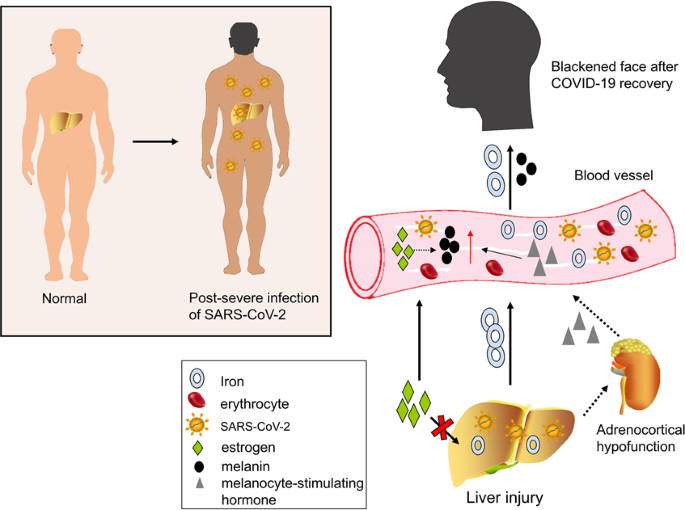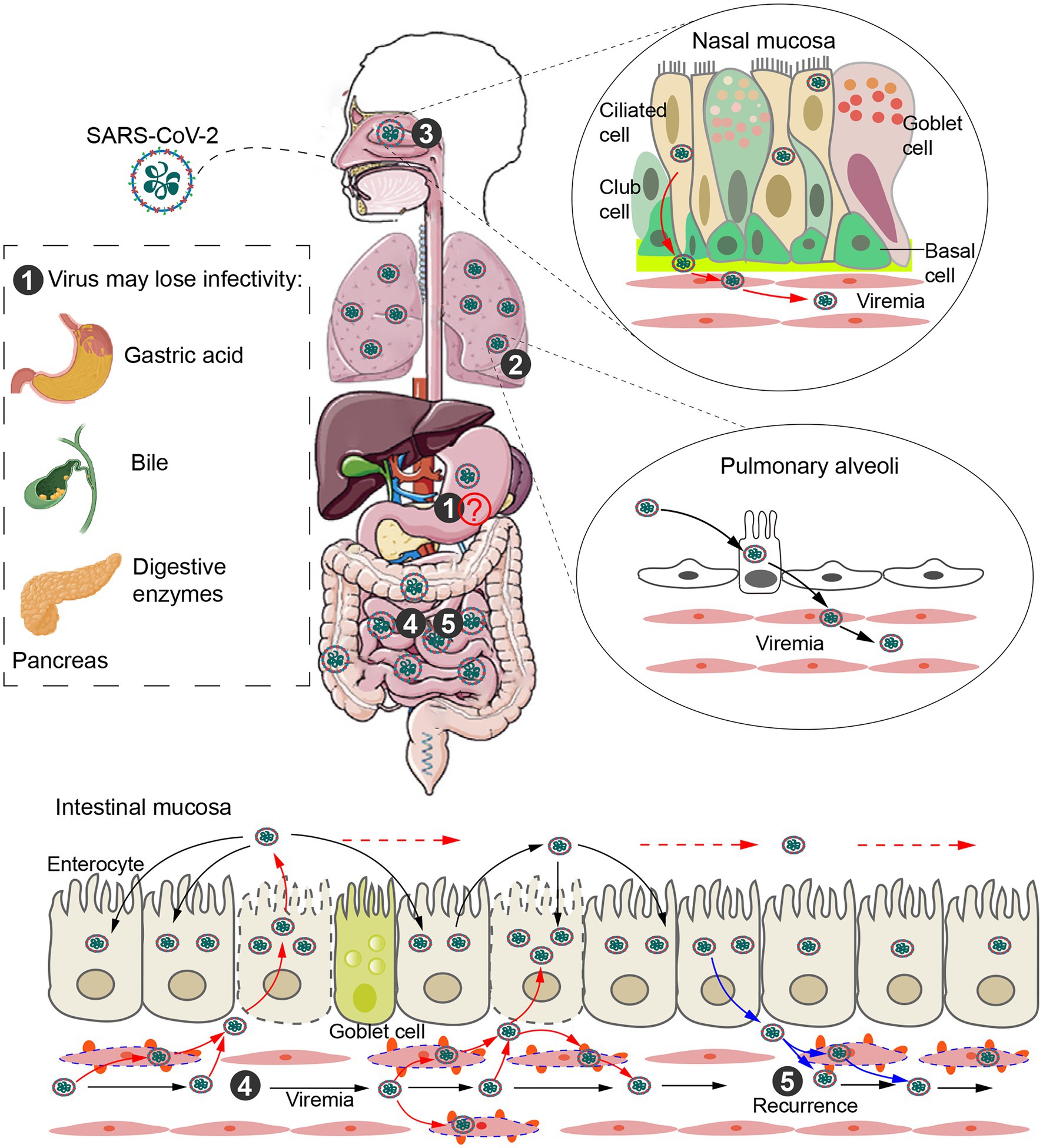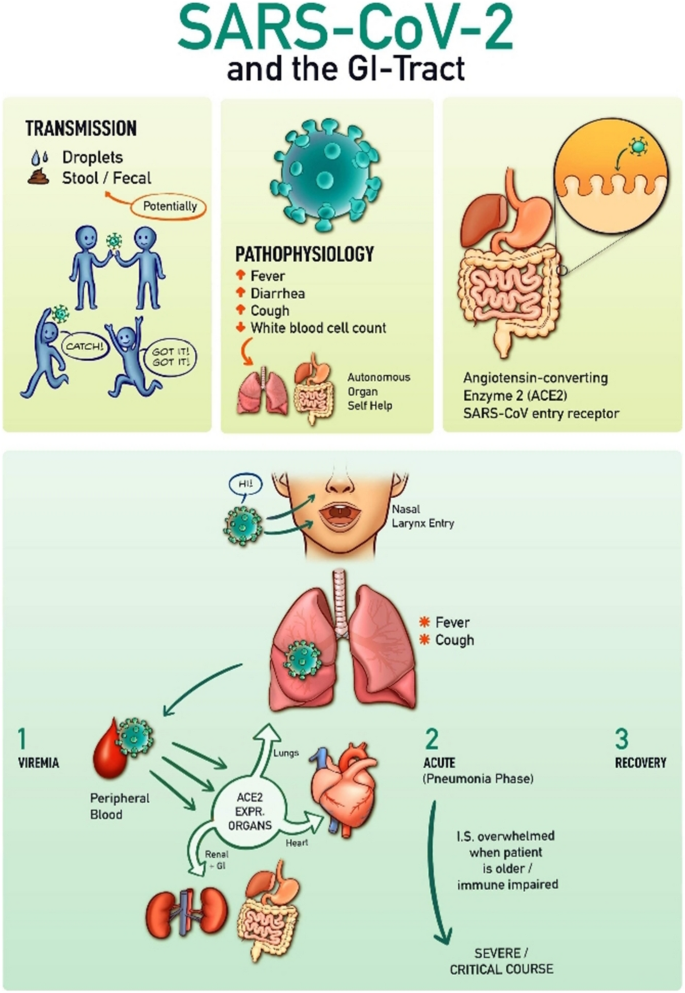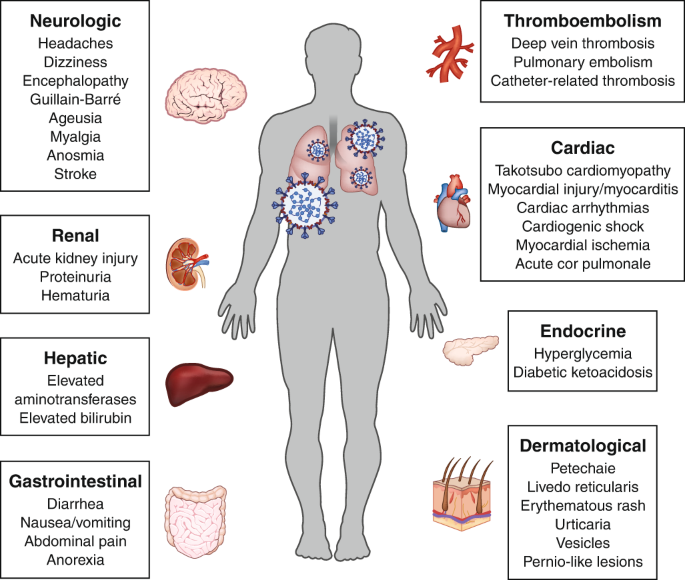What Are The Gastrointestinal Symptoms Of Covid-19 Infection?
Gastrointestinal Symptoms Of Covid-19 | Gutdr Mini-Explainer
Keywords searched by users: What are the gastrointestinal symptoms of COVID-19 infection
What Are Gastrointestinal Side Effects From Covid?
On March 3, 2023, a study revealed significant insights into the gastrointestinal side effects associated with COVID-19. According to this research, individuals who had previously contracted COVID-19 were found to be 54% more likely to experience a range of digestive symptoms. These symptoms included issues like constipation, diarrhea, bloating, vomiting, and abdominal pain. This information underscores the importance of understanding the broader spectrum of potential COVID-19 symptoms beyond the more commonly recognized respiratory issues, shedding light on the virus’s impact on the gastrointestinal system.
What Are The Digestive Symptoms Of Covid-19 And Expression Of Ace2 In The Digestive Tract Organs?
A study conducted on 48 COVID-19 patients revealed that 25% of them experienced various digestive symptoms as part of their illness. Among these symptoms, pharyngalgia was the most prevalent, affecting 7 out of 48 patients, followed by diarrhea in 3 patients, anorexia in 3 patients, and nausea in 1 patient. This finding sheds light on the diverse range of digestive issues that can be associated with COVID-19 and underscores the importance of understanding the expression of ACE2 receptors in the organs of the digestive tract, as they may play a role in these symptoms. The study was conducted on August 11, 2020.
How Long Do Gi Symptoms Last With Covid?
Emerging research indicates that gastrointestinal (GI) symptoms associated with COVID-19 may persist for an extended period, potentially lasting six months or even longer. This extended duration of GI distress is now recognized as a potential symptom of long COVID, a condition that affects individuals well beyond their initial infection with the virus. As of March 20, 2023, this growing understanding sheds light on the importance of monitoring and addressing the lasting impact of COVID-19 on the digestive system.
Top 9 What are the gastrointestinal symptoms of COVID-19 infection





Categories: Update 12 What Are The Gastrointestinal Symptoms Of Covid-19 Infection
See more here: c3.castu.org

Many patients with COVID-19 present with GI symptoms and with pneumonia-like illness with symptoms such as fever, cough, and dyspnea. GI symptoms are wide ranging and include nausea, vomiting, abdominal pain, diarrhea, and anorexia.Similarly, those who had had COVID-19 were 54% more likely to experience digestive symptoms such as constipation, diarrhea, bloating, vomiting and abdominal pain.We found that 25% (12/48) of the patients with COVID-19 suffered from digestive symptoms, among which pharyngalgia (7/48) was the most common manifestation, followed by diarrhea (3/48), anorexia (3/48), and nausea (1/48).
Learn more about the topic What are the gastrointestinal symptoms of COVID-19 infection.
- Gastrointestinal Manifestations of COVID-19: A Review … – NCBI
- COVID-19 infections raise risk of long-term gastrointestinal …
- Digestive symptoms of COVID-19 and expression of ACE2 in … – PubMed
- Can long COVID affect the gut? – Harvard Health
- Gastrointestinal Diseases: Symptoms, Treatment & Causes
- Digestive Symptoms of Coronavirus (COVID-19)
See more: https://c3.castu.org/category/fashion